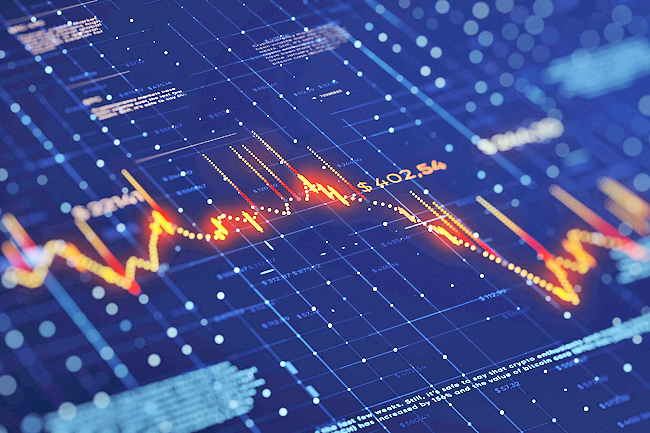CARACAS (AFP) – Venezuela has been in recession for eight years, suffered four years of hyperinflation and endured a currency in free fall.
But the beleaguered bolivar has, against all odds, managed to stabilise since October.
It is thanks to a USD2.2-billion investment by the state in a bid to slow down inflation in the South American nation.
Last year ended with inflation at 686 per cent – the highest in the world.
But that was a significant improvement on the 130,000 per cent in 2018, 9,585 per cent in 2019 and 3,000 per cent in 2020.
According to consultancy Aristimuno Herrera and Associates, Venezuela’s central bank has injected USD2.2 billion into the internal market in 2021-2022.
Banned for 15 years by the government, the US dollar was once scarce and highly prized, exchanging hands on the black market for signficantly more than the official exchange rate.

Suffering a cashflow crisis, the government was forced to lift the ban in 2019.
“Offering more dollars than there is demand generates stability in the exchange rate,” director at Aristimuno Herrera and Associates Cesar Aristimuno told AFP.
The bank acknowledged 29 “interventions” since October 2021, although without giving details of the amounts.
Last October, the bank slashed six zeros off the bolivar – making one new bolivar worth a million old ones – with the government saying this would improve faith in the
local currency.
At the same time, authorities imposed a three per cent tax on foreign currency transactions and cryptocurrencies.
Since October, the exchange rate against the dollar has moved from VES4.18 to VES4.32, a depreciation of just 3.24 per cent.
That compares favourably to the depreciation of 76 per cent in 2021 and more than 95 per cent in each of the previous three years.
After shrinking by over 80 per cent during eight years of recession, Venezuelan gross domestic product (GDP) grew by four per cent in 2021, the government claims.




